In a game design document (GDD) level design is about creating the spaces where players explore and interact. It includes the layout, challenges, and items that players will encounter, shaping their overall experience. Good level design is crucial for making the game engaging and enjoyable, blending creativity with an understanding of game mechanics and what players love. Whether it’s an expansive open world or a detailed dungeon, this section of the GDD highlights how environments enhance player engagement and enjoyment.
Level design plays a crucial role in how players progress through objectives in a game. It involves creating the spaces and challenges that guide players from one goal to the next, influencing both gameplay mechanics and storyline development. Here’s how level design contributes to objective progression, with examples of game mechanics and storylines:
Structuring Challenges
Level design creates challenges and obstacles that players must overcome to achieve their goals, influencing the game's difficulty and pacing.
In Super Mario Odyssey, each level, or "kingdom," features unique challenges like platforming sequences, enemies, and puzzles. These are designed to guide players through the level and advance their quest to rescue Princess Peach.

Introducing New Mechanics
Levels can introduce or refine gameplay mechanics, allowing players to learn and apply these new elements as they progress.
In The Legend of Zelda: Breath of the Wild, mechanics such as climbing and gliding are introduced gradually across different game regions. Each area teaches players how to use these mechanics to solve puzzles and complete objectives.
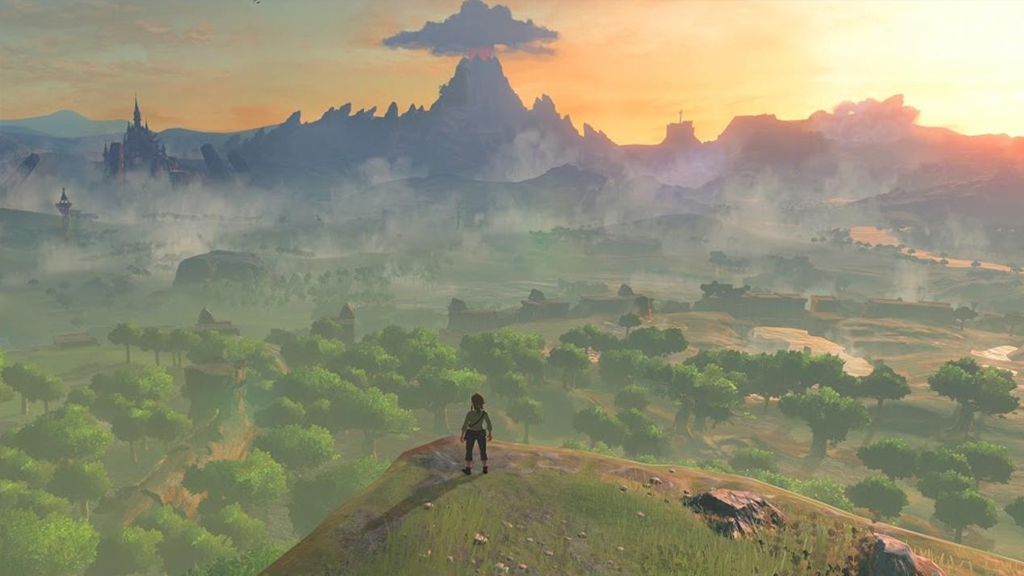
Supporting Narrative Progression
Level design often aligns with and advances the game's storyline, with environments and events that reveal more about the plot.
In Half-Life 2, the design of City 17 and other levels advances the narrative, integrating story elements and characters into the environment. This design helps immerse players in the dystopian world and unfolds the story of the resistance against the Combine.
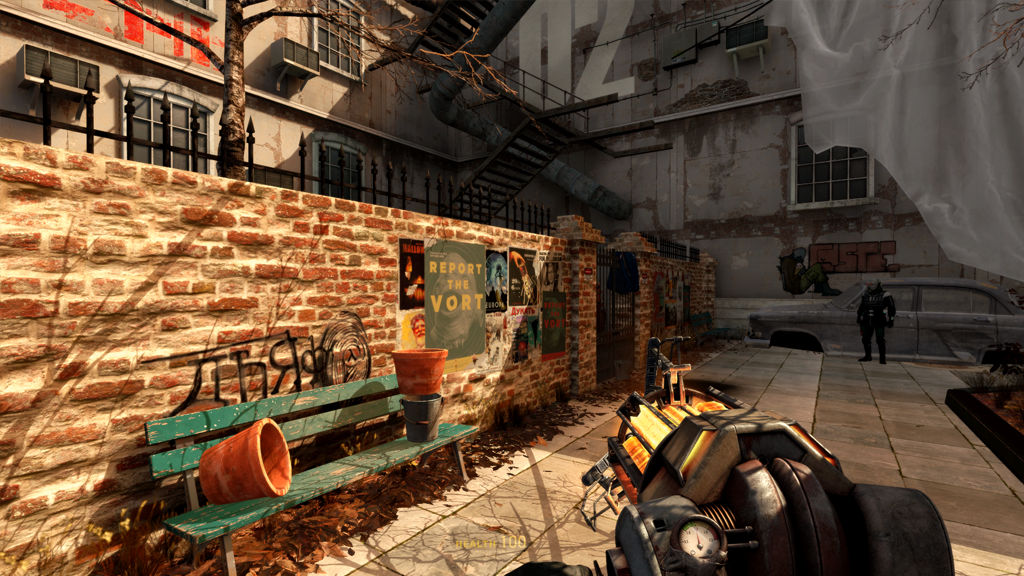
Guiding Player Movement
Level design guides player movement and decision-making through visual or environmental cues, leading players towards objectives.
In Portal, levels feature clear paths and visual clues to assist players in solving puzzles. The design of each test chamber helps players learn and apply portal mechanics to advance through the game.

Creating a level walkthrough for a video game involves guiding players through various stages, helping them overcome challenges, and highlighting key elements.
Common components of a level walkthrough
- Overview of the Level: A brief description of the level’s objectives, setting, and key enemies or challenges.
- Objectives: Clear goals that players need to accomplish to progress, such as defeating a boss or finding a specific item.
- Gameplay Tips: Strategies for dealing with enemies, utilizing power-ups, or solving puzzles.
- Map and Navigation: Visual aids or descriptions to help players understand the layout of the level.
- Secrets and Collectibles: Information about hidden items or achievements that players can find.
- Final Strategies: A summary of the best approaches for the level’s climax, often involving a boss fight or significant event.
Examples
Resident Evil 2 - Raccoon City Police Station
- Overview: The iconic location where players navigate through a zombie-infested police station.
- Objectives: Find the key items needed to progress and solve puzzles to escape.
- Tips: Conserve ammunition, explore every room for supplies, and be mindful of the lurking zombies.
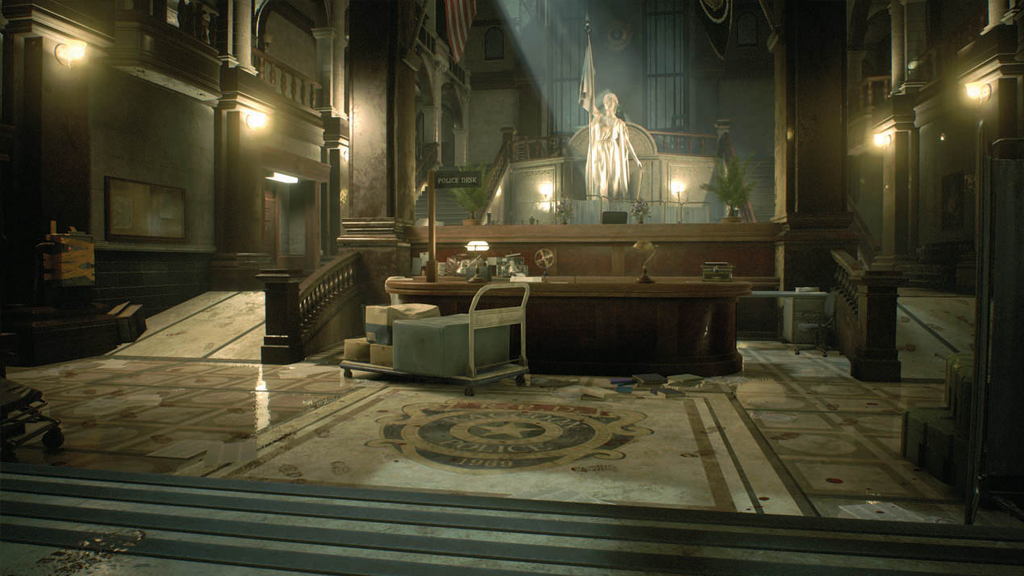
Monster Hunter: World - Ancient Forest
- Overview: The first major area where players learn the basics of hunting monsters and gathering resources.
- Objectives: Track and hunt your first monster, the Great Jagras.
- Tips: Utilise the environment to your advantage, and gather materials to craft potions and traps.
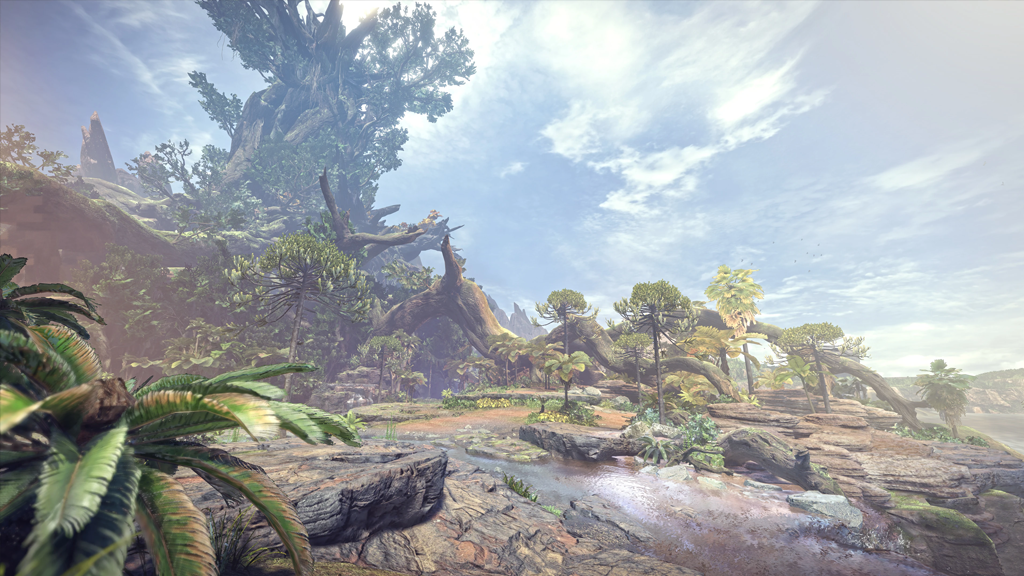
Borderlands 3 - Pandora
- Overview: The opening area where players begin their journey and learn about loot mechanics and gunplay.
- Objectives: Defeat initial enemies and complete quests to unlock new areas.
- Tips: Experiment with different weapons to find your play style, and always check for loot in every corner.
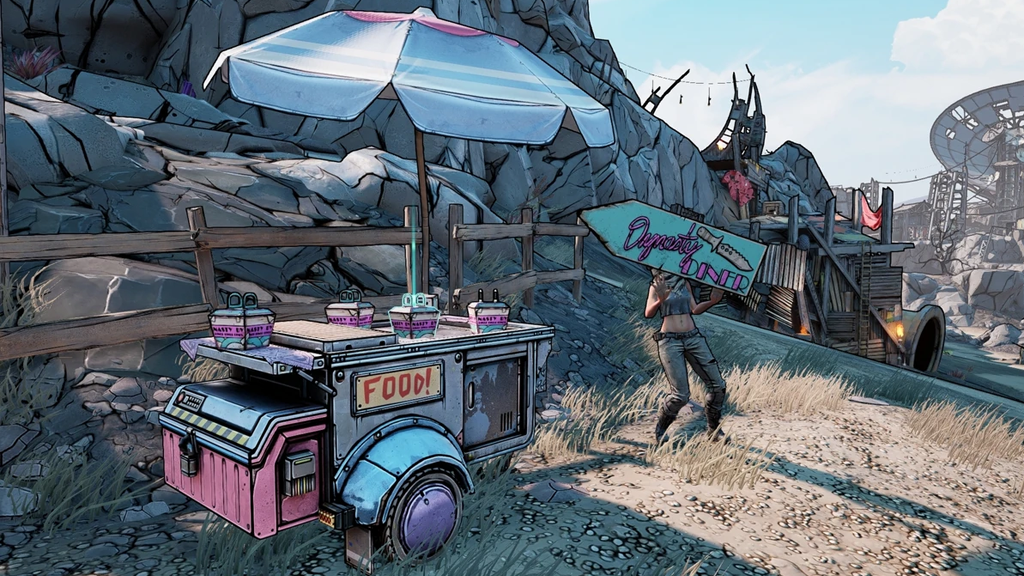
Example level walkthrough (GDD template)
Game — Dusty Trails
Summary
Dusty Trails is set in a small frontier town plagued by outlaws and bandits. Players assume the role of a gunslinger tasked with restoring order to the town by taking down a notorious gang. This level emphasises quick reflexes, sharpshooting, and strategic cover in a dusty, open environment.
Objectives
- Primary Objective: Eliminate the gang leader, Sheriff Blackwood, and his henchmen.
- Secondary Objectives:
- Rescue the captured townsfolk from the saloon.
- Collect hidden gold bars scattered around the town.
Location/s
- Town Entrance: The starting point with wooden fences and a few buildings.
- Saloon: A central building where captured townsfolk are held.
- Sheriff's Office: The location of Sheriff Blackwood and his gang.
- Outskirts: A rocky area providing sniping vantage points.
Level walkthrough
-
Start at the Town Entrance:
- Players begin at the entrance of Dusty Trails. Take a moment to survey the area and gather your weapons.
- Move cautiously towards the saloon, using the wooden fences as cover from the patrolling outlaws.
-
Approach the Saloon:
- As you near the saloon, listen for dialogue from the outlaws. This will help you pinpoint their locations.
- Use a stealthy approach to take out the first guard quietly, then enter the saloon through the back door.
-
Rescue the Townsfolk in the Saloon:
- Inside the saloon, take cover behind tables and barrels. Engage enemies using quickdraw tactics.
- Locate the room where the townsfolk are held and defeat the guard to free them. They will provide you with intel on Blackwood’s whereabouts.
-
Head to the Sheriff’s Office:
- After rescuing the townsfolk, exit the saloon and make your way to the Sheriff’s Office.
- Be ready for a gunfight as you approach; use the environment for cover. Use dynamite or throwables to flush out enemies hiding inside.
-
Confront Sheriff Blackwood:
- Once inside the Sheriff’s Office, engage in a showdown with Sheriff Blackwood. Use quick reflexes to dodge his shots and aim for headshots to take him down quickly.
- After defeating Blackwood, collect any weapons or items he drops.
-
Collect Hidden Gold Bars:
- Before exiting the office, explore the area for hidden gold bars. Check under desks and behind cabinets for extra loot.
-
Conclude the Level:
- With the gang defeated and the townsfolk safe, return to the town entrance to trigger the end-of-level cutscene. This will showcase the townsfolk celebrating and hint at the next adventure.

In this activity, you'll apply brainstorming techniques and utilise the GDD template to create a level walkthrough for a level of your choice.
Your Task
Take some time to brainstorm different ways a player might complete a level. Once you’ve fleshed out your ideas and settled on a concept, use the game GDD template to write up ONE detailed level walkthrough.
- Summary
- Objectives
- Location(s)
- Level Walkthrough
